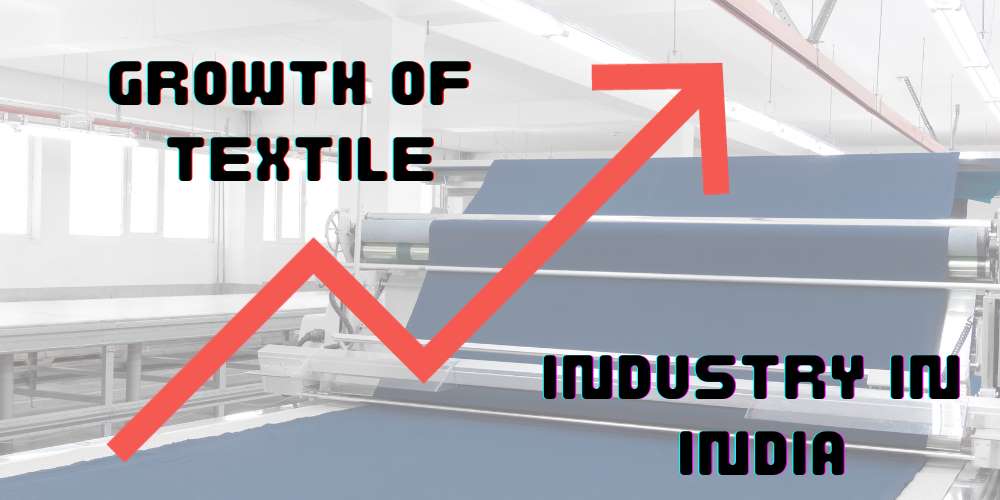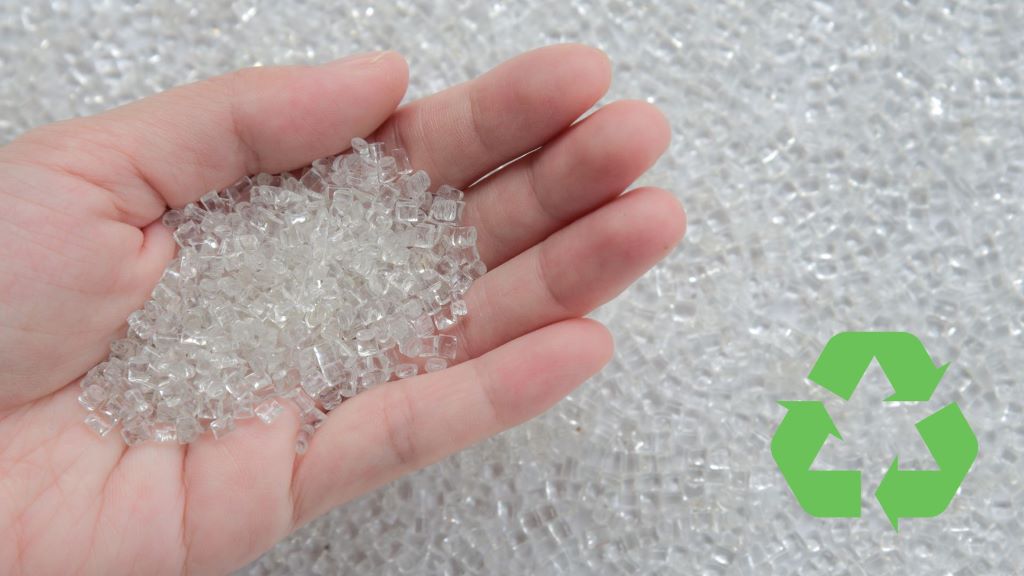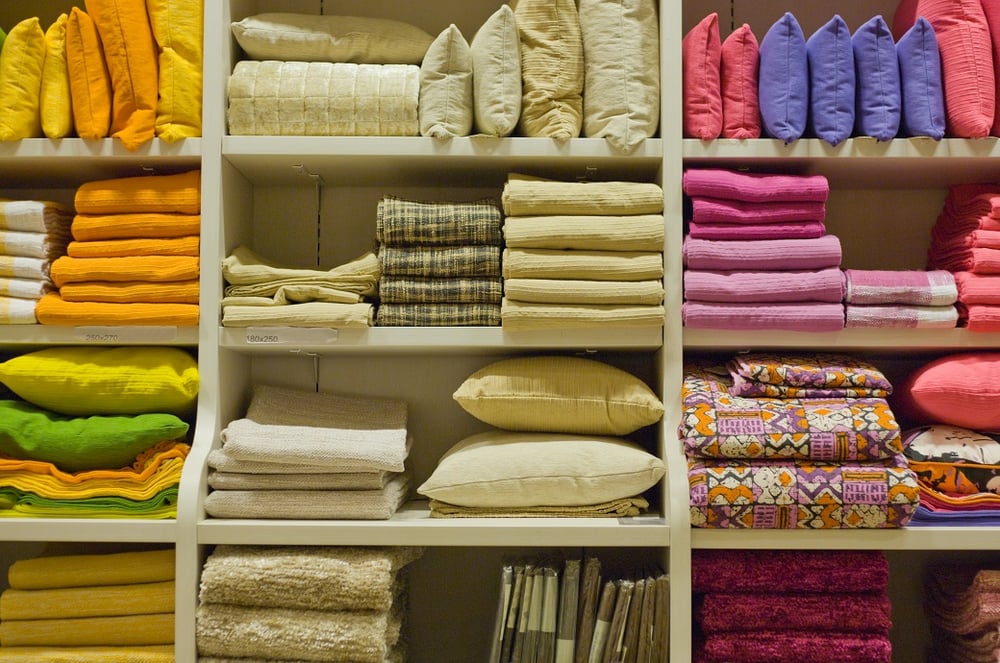
India's textile and apparel industry, once a vibrant powerhouse, is facing a tough weave. Despite projections of robust growth, the sector struggles to translate potential into reality. Let's unravel the threads of this predicament, examining the roadblocks hindering progress and exploring potential pathways to a brighter future.
|
Metric |
2021 |
2022 |
2023 (estimate) |
|
Domestic textile production (billion USD) |
45 |
48 |
52 |
|
Apparel exports (billion USD) |
18 |
21 |
24 |
|
Textile and apparel employment (million) |
45 |
47 |
50 |
|
Investment in sustainable textile projects (million USD) |
120 |
150 |
180 |
Growth Stalled: While the global apparel market is projected to reach $1.7 trillion by 2025, India's share remains stagnant. Export growth, initially expected to hit $40 billion by 2022-23, has fallen short, hovering around $24 billion. This disconnects between projections and reality exposes underlying challenges plaguing the industry.
Cost Concerns Cast a Shadow: High input costs are the first knot tightening the industry's grip. Raw materials like cotton, coupled with complex tax structures and logistical snarls, inflate production costs. A 2023 Invest India report reveals Indian spinning mills pay 20-25% more per kg of cotton compared to global benchmarks. This price pinch makes it tough to compete with countries like Bangladesh and Vietnam, where costs are more forgiving.
Import Tsunami Washes Away Profits: Rising imports of cheaper ready-made garments further squeeze domestic players. In 2022-23, India's apparel imports crossed $11 billion, a significant surge from $6.4 billion in 2019-20. This influx floods the market and erodes the profit margins of local manufacturers, impacting capacity utilization and job creation.
Sustainability Concerns Unravel the Fabric: Environmental woes add another layer of complexity. The industry grapples with water pollution from dyeing processes, inefficient energy consumption, and mountains of textile waste. A 2021 McKinsey report estimates the global fashion industry accounts for 10% of global carbon emissions. This necessitates a shift towards greener practices, such as embracing renewable energy, using organic dyes, and adopting circular economy principles.
Glimmers of Hope in the Loom: But amidst the challenges, threads of resilience shine through. Government initiatives like the Amended Technology Upgradation Fund Scheme (ATUF) and the Production Linked Incentive (PLI) scheme aim to modernize the industry and boost exports. Companies like Aditya Birla Fashion and Retail are weaving sustainability into their core, with Birla Cellulose becoming the world's first man-made cellulosic fibre plant to achieve water and energy positive status.
2024: A Year of Reckoning? The road ahead remains uneven, but promising threads of opportunity emerge. Increased domestic demand, fueled by a burgeoning middle class and evolving consumer preferences, presents another avenue for growth. Additionally, a focus on niche markets like sportswear and technical textiles can tap into new segments.












